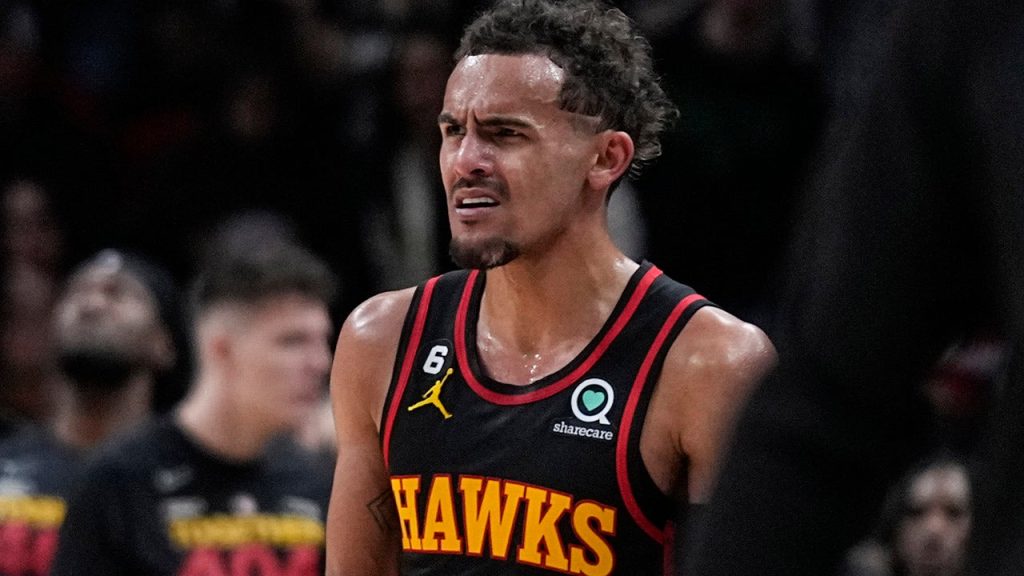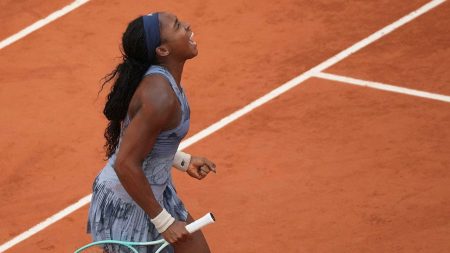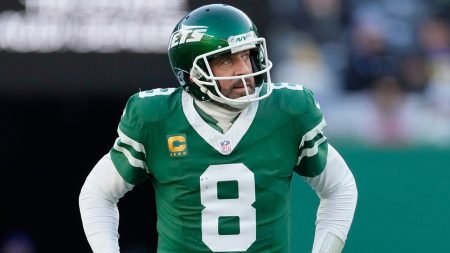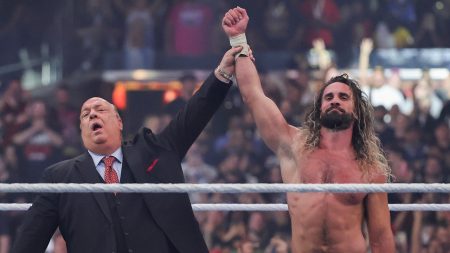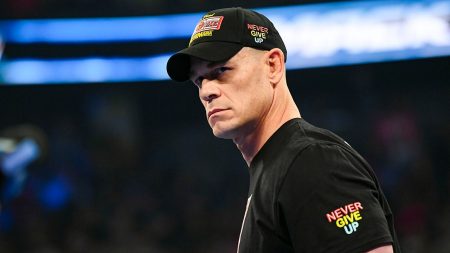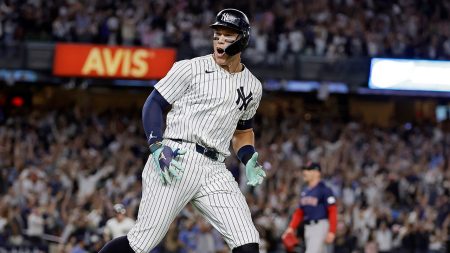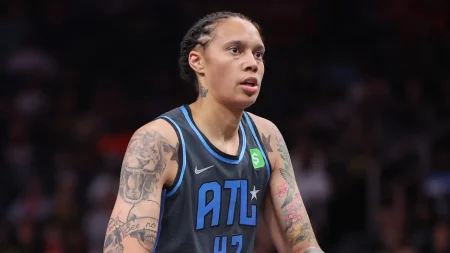Trae Young, the Atlanta Hawks’ star point guard, has delivered a statistically impressive first half of the 2023-2024 NBA season, boasting a league-leading 11.4 assists per game and a solid 22.5 points per game. Despite these impressive numbers, Young was notably absent from the 2025 NBA All-Star roster, sparking considerable debate and discussion on social media. Young himself expressed his disappointment through a witty social media post, acknowledging the perceived snub while also conveying his determination to eventually change the narrative. This omission marks a significant moment in Young’s career, as he has been an All-Star three times previously, most recently as an injury replacement in 2024.
The All-Star selection process involves a multifaceted voting system. Fan votes constitute 50% of the weight, while player votes and media votes each contribute 25%. For the starting lineup, the highest vote-getters across these three categories are selected. The reserve players, however, are chosen by NBA coaches, adding a layer of complexity and subjectivity to the selection process. In Young’s case, the coaches’ selections ultimately determined his exclusion from the All-Star roster, despite his strong statistical performance. Hawks coach Quin Snyder, while acknowledging the merit of the selected players, voiced his disappointment for Young, highlighting the guard’s perceived growth and progress throughout the current season. This divergence of opinion between statistical performance and coach assessment underscores the intricacies of the All-Star selection process.
Young’s exclusion wasn’t the only surprising outcome of the All-Star selections. Phoenix Suns guard Devin Booker, a four-time All-Star and two-time Olympic gold medalist, also failed to secure a spot on the roster. Booker, known for his scoring prowess, accepted the outcome with grace, expressing his intention to utilize the All-Star break for rest and family time. These omissions highlight the competitive nature of the NBA and the depth of talent across the league, often leading to difficult decisions regarding All-Star selection. Even accomplished players with strong statistical performances can find themselves on the outside looking in, emphasizing the limited number of available All-Star spots.
Charlotte Hornets point guard LaMelo Ball faced a particularly unique situation in the All-Star voting. Ball secured the highest number of fan votes for the Eastern Conference backcourt, demonstrating his popularity among fans. However, he finished third in player voting and seventh in media voting, ultimately placing him outside the starting lineup. Furthermore, Ball was not selected as a reserve by the coaches, despite his impressive 28.2 points per game, the fourth-highest average in the league. This scenario underscores the complexities of the current All-Star voting format, where a strong showing in one category, such as fan votes, may not guarantee a spot on the roster if other voting blocs don’t share the same enthusiasm.
The case of LaMelo Ball reveals a potential flaw in the current All-Star voting system. A player winning the fan vote at his position, a significant indicator of popularity and fan appreciation, should ideally have a strong pathway to All-Star selection. However, the weighting of the other voting blocs, players and media, can potentially overshadow the fan vote and lead to outcomes where a fan favorite is excluded from the game. Ball’s situation raises questions about the appropriate balance between fan representation and the input of players, media, and coaches in determining All-Star selections. This scenario might prompt further discussion about refining the voting system to better align fan preferences with the overall selection outcome.
The 2025 NBA All-Star selections generated considerable debate and discussion, highlighting the challenges of selecting a limited number of players from a pool of exceptional talent. The omissions of Trae Young and Devin Booker, alongside LaMelo Ball’s unique situation with the fan vote, underscore the complexities of the selection process and the different perspectives on player value and performance. These discussions contribute to the ongoing conversation about the criteria and methods used to determine All-Star rosters and the importance of balancing various factors, including statistical performance, fan engagement, and expert opinions.




